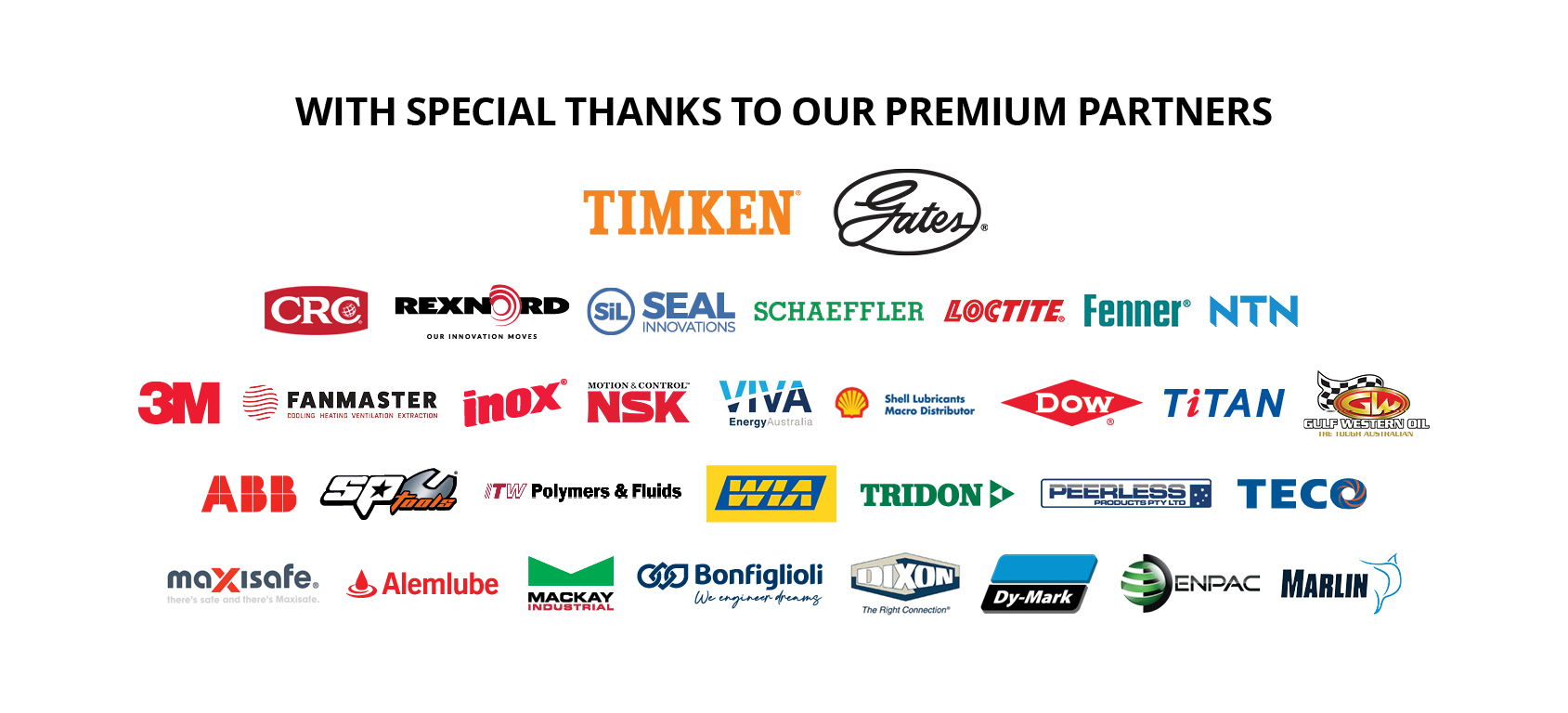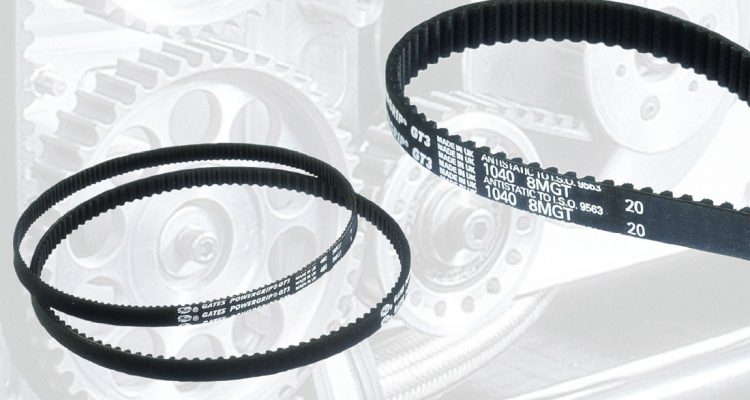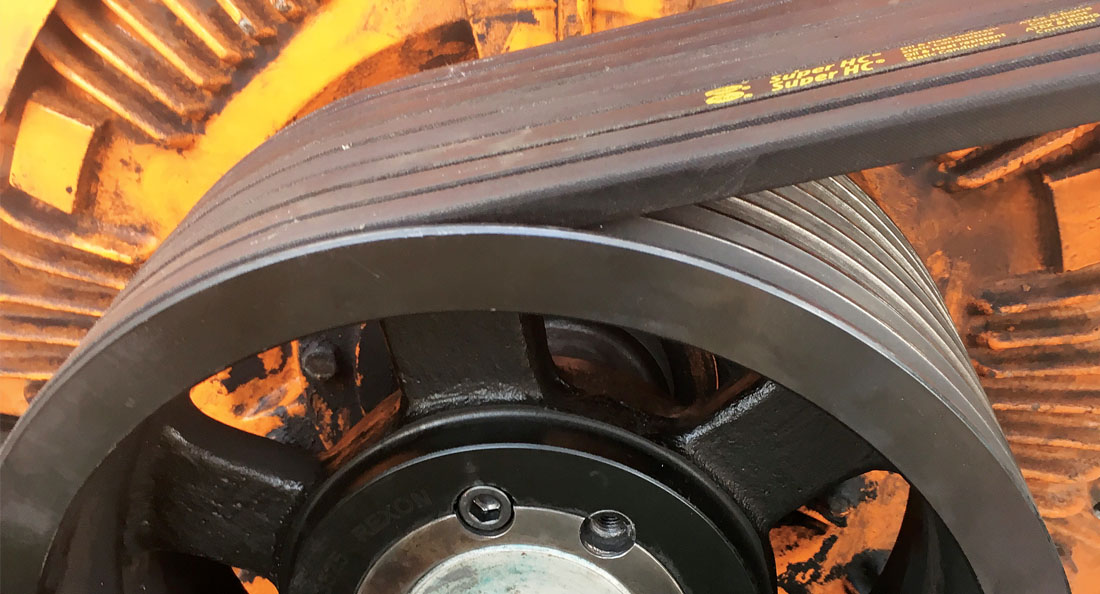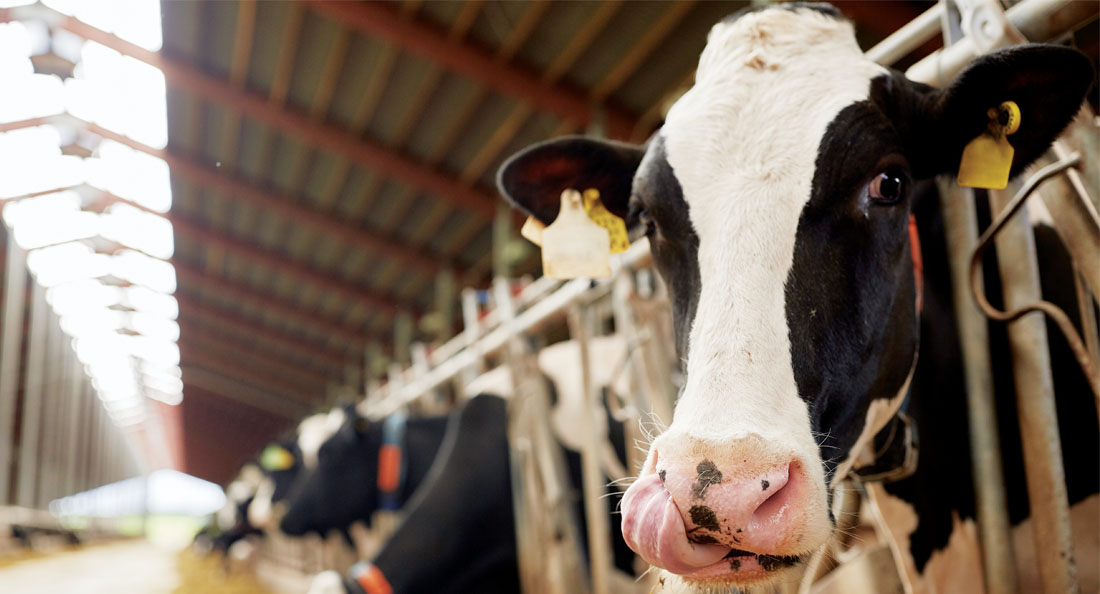Fires are a key concern in the Oil and Gas (O&G) sector. Refineries are already at high risk of fire due to the products they are processing, so it is integral for businesses within the industry to choose equipment and machine components that are not explosive or highly flammable.
This is why CBC Product Manager Mark O’Brien recommends the Gates PowerGrip™ GT3 belt – an off-the-shelf anti-static timing belt that is suitable for O&G applications. Mark has been the CBC product manager for belts and rubber components since the company was formed and has been working with belt products for over 30 years. He regularly works within the O&G sector, typically on the West Australian North Shelf and Barrow Island in Queensland.
According to Mark, fire poses one of the biggest risks to gas and oil refineries, so components such as belts used on conveyors, need to be anti-flammable.
“The removal of potential explosive components is fairly standard across the industry. Having a belt that is anti-static means it will not cause any sparks or any damage on sites. It takes one component out of the equation that could cause problems,” Mark explains.
Mark recommends the Gates PowerGrip™ GT3 to customers in O&G, particularly in the liquified natural gas (LNG) industry. Gates are renowned in the industry, especially for their timing belt range.
“The GT3 has been the market leader mainly because of its performance, construction, and quality. It’s also one of the first belts to be manufactured standard as ‘antistatic’. This means there is no longer a need for custom-made flame-retardant belts; this off-the-shelf product provides a practical solution for customers,” he says. “The GT3 is a brilliant product for the specific function that it serves.”
The PowerGrip™ GT3 works well in the typically hot and harsh conditions of LNG facilities.
“On land-based facilities where they produce the LNG, the heat exchange controls temperatures which run fans that don’t stop. They effectively run all day, every day, with close to 100 per cent efficiency, so they’re not losing any power whilst they’re running. This puts the belts under immense stress,” Mark elaborates. “When Gates introduced the GT3 around 2008, it was one of the first belts to be manufactured as a standard ‘antistatic’. It provided belts off-the-shelf at any particular size with anti-static capabilities. Before that, the LNG industry and other industries with hazardous environmental conditions needed specially-made belts.”
Unlike other rubber components which set off static charges, the Gates PowerGrip™ GT3 belts are designed and manufactured to limit all static, making them superior to other synchronous belts on the market. Besides supplying the product, CBC also offer customers a host of services to help them achieve optimal belt performance.
“We’ve been involved with Gates since the 80s. Gates is seen as one of the best belting solutions in the world, based on the quality, innovation, and technology that they deliver,” Mark explains. “Part of the CBC business process is to provide analysis work as to why particular machines or products aren’t working. We also have an engineering department that provides customers with equipment and installation techniques. We’ve done on-site practical training for belt installation troubleshooting as well. Moreover, we offer extra services because we can supply all the components of the machines as a one-stop-shop.”
The PowerGrip™ GT3 belt is an upgrade on the previous standard belt – the GT2. Over the past 15 years, Gates has made advances on the product. Some of the key advantages of the GT3 is that it delivers more power and requires less belting than previous belts.
“With LNG sites, they see improvement in the life of the belt on-site through its increased power,” says Mark. “It can last over 12 to 18 months. But if they can increase its life by even three months, they will see significant savings.”




